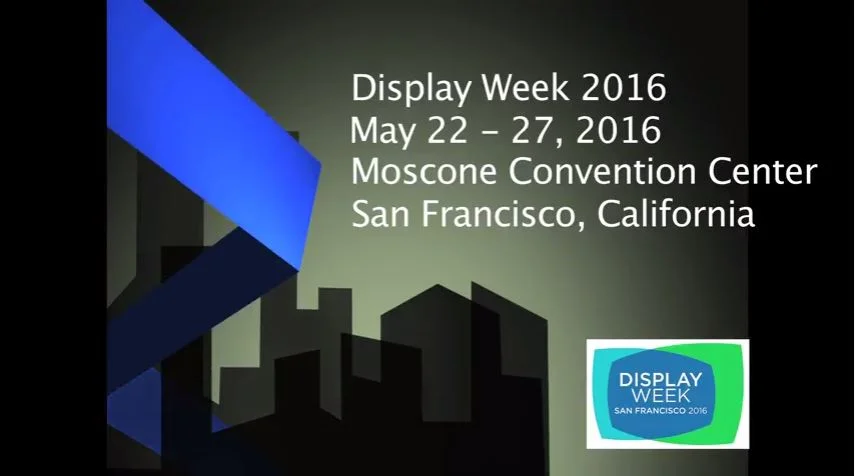The world said “good bye” to an innovator. Born Prince Rogers Nelson, the singer, songwriter, and style icon made a mark on the world of music and fashion.
In 1993, Prince changed his name to an unpronounceable symbol, something Prince called a “love symbol.” At the time he was reportedly fed up with his record label, was trying to get out of his contract, and wanted to make a break from the past (according to an interview with Larry King in 1999). So, he reached out to graphic designer Mitch Monson, with Trollback and Company in Prince’s hometown of Minneapolis, to design a symbol that represented the artist – androgynous, edgy, and whimsical.
So, as we reflect on the man and his career, what can Prince teach us about branding:
1. The brand does not belong to the company.
It belongs to those with a relationship to the brand.
To reproduce the love symbol in print required a special font (which the label had to send out on floppy discs to editors and journalists). And in the end, most didn’t even try. The media started referring to him as “the artist formerly known as Prince,” a moniker that stuck. This became his brand, even after he started using his name again for stage performances and albums. Even fans, who might have been puzzled by the change, found ways to refer to him. This is a lesson for marketers who think they can control their brand. The brand is truly owned by those who interact with the company, it’s employees, it’s products, and in the end, build both a logical and emotional connection. The best we can do as leaders and brand managers is to influence how people perceive the brand by putting ourselves in their shoes and advocating for what they need.
2. There is power in color
The artist solidified his relationship with the iconic purple shade with his very popular “Purple Rain” album and movie. In memorials all over the world this week, the color purple has been featured prominently. It reminds me that in the world of marketing, which is now dominated by data analysis and ROI discussions, that there are some basics that can’t be ignored and one is the power of color. McDonald’s red and orange, Coca-Cola’s red, IKEA’s blue and yellow, Facebook blue, Amazon’s orange smile (smirk?), John Deere green, Crown Royal’s velvet purple, and many other brand color associations are very strong and help propel the brand’s expansion into new markets and offerings. Most people don’t have a signature color, but when we think of branding, having a distinctive color way is part of what the leading brands and artists rely on to communicate what they want their brand to stand for. Purple was perfect for Prince’s brand, as it speaks to royalty, creativity, and the spiritual. A few years ago, Fast Company published an exceptional article about the impact of color on brand that is worth reading.
3. Brand building involves risk
It is said that his record sales after the name change fell precipitously, but he secured his place as an eccentric and passionate artist who was forging his own path. Other leading brands have reinvented themselves over the years, to emerge stronger and more engaged with their users, but that isn’t without pain in the process. I think of what Netflix did with their DVD customers when they moved the brand to streaming and rebranded it’s DVD service as “Qwikster” (a brand they have since shuttered. We can all think of other rebranding, packaging design, or logo design blunders. But those who live through the transition (and don’t change for change sake), can reap rewards.
And perhaps the most important thing that Prince taught us about branding this week, is that brands are a legacy. They have value. They spark emotion. They are celebrated and mourned. And, no matter what tragedy strikes, they live on.
This article was posted on LinkedIn Pulse.





































